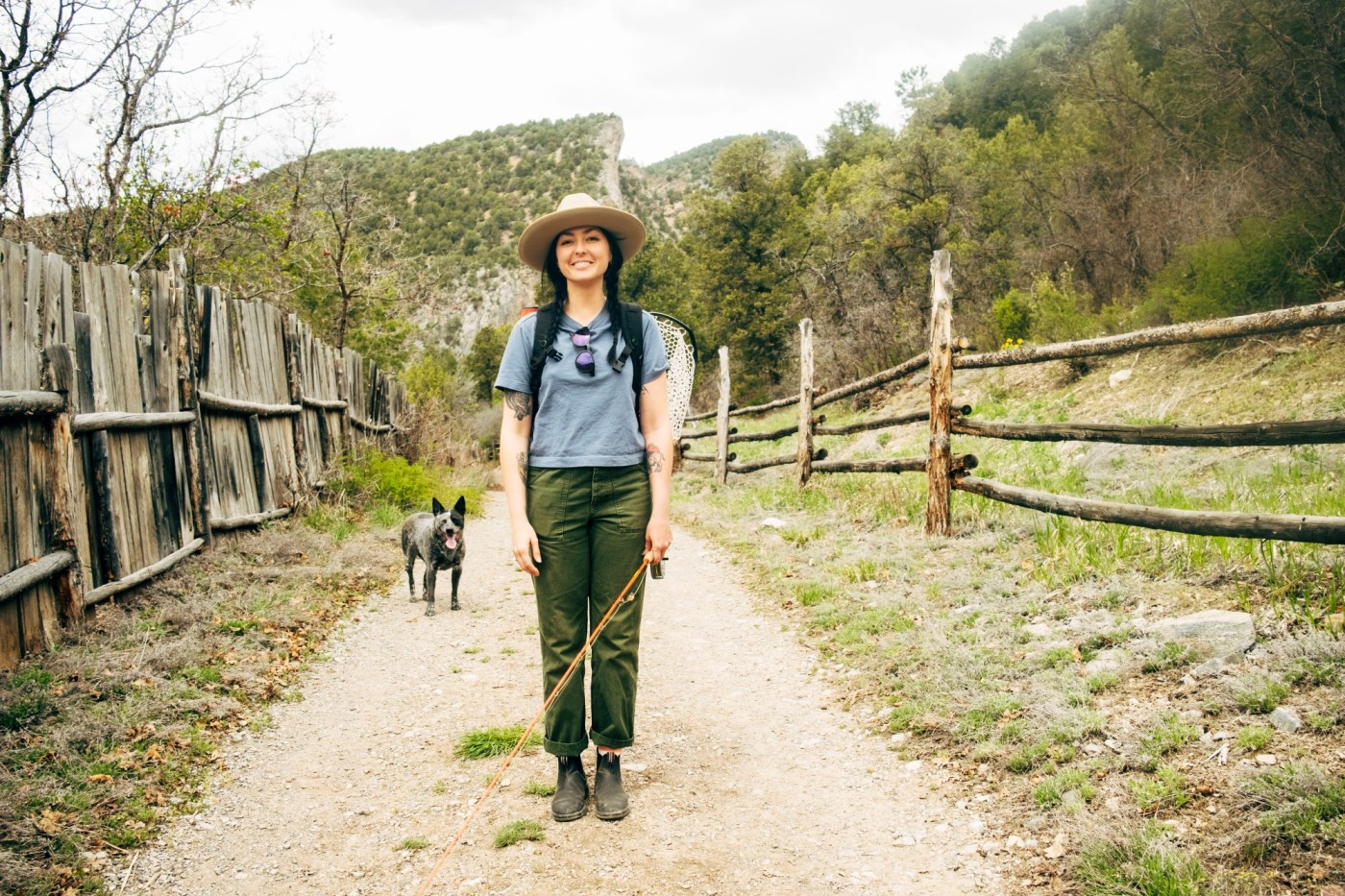Outdoor gear companies are increasingly tapping into a diverse range of brand ambassadors to connect with consumers and promote their products. Companies like Colorado-based Osprey and Topo Designs are redefining the concept of brand representation beyond traditional athletes, embracing individuals from various backgrounds who share a passion for the outdoors.
Brand ambassadors today can be seasoned professionals, weekend adventurers, or conservation advocates, reflecting a wide spectrum of outdoor interests. The relationships they build with brands often yield benefits such as gear for testing or a paycheck, depending on the company and the ambassador’s role.
Building Authentic Connections
Rick VanderLeek, senior manager of brand partnerships at Topo Designs, emphasizes the importance of authentic representation. “We can’t always do the talking ourselves,” he noted. “Seeing the members on Team Topo and how they represent themselves, with Topo as an additive, just feels right. Everyone is unique. Everyone has a story to tell.” Team Topo includes ambassadors like Will Bender, a bike builder, and Sarah Sturm, a gravel and mountain bike racer.
Kayla Lockhart, a 35-year-old fly fisher and outdoor enthusiast, is a prominent member of the team. With over 41,000 followers on Instagram, she balances her love for fishing, hunting, and dirt biking while advocating for public lands and waters. Lockhart collaborates with organizations such as The Mayfly Project and is also associated with the Ford Bronco brand.
Nelson Holland, known as @fatblackandgettinit on Instagram, has carved a niche for himself in outdoor recreation promotion. With 162,000 followers, he shares insights from his adventures in Colorado. “I found community, and that brought me into inclusive spaces for stewardship and conservation,” he explained, highlighting his journey from a casual nature enthusiast to an advocate for wildlife and environmental stewardship. Holland has also collaborated with Osprey, which categorizes its ambassadors into two distinct groups: athletes and brand ambassadors.
Osprey’s Distinct Approach
According to Rob Bondurant, vice president of marketing at Osprey Packs, the company’s Athlete Program focuses on individuals who are pushing the limits in their respective sports, while the Ambassador Program aligns with those whose values resonate with Osprey’s commitment to community, conservation, and access.
One notable ambassador is Sonya Wilson, a Deaf climber who founded the ASL Climbing Network in 2012. With a following of over 4,300 on Instagram, Wilson expressed her pride in being Osprey’s first Deaf ambassador. “Two years ago, I saw the opportunity to become Osprey’s first Deaf ambassador, and I jumped at it,” she stated. Wilson appreciates Osprey’s support, noting how the company provided gear that she could share with fellow Deaf climbers.
Greg Sakowicz, known as @fatmanlittletrail on Instagram, has collaborated with Osprey in the past but currently focuses on his full-time job. He has also modeled for the brand and works on smaller campaigns with non-profits. “While there are people who are ambassadors and influencers full-time, I still like the security of having a steady paycheck,” he said. This approach allows him to be more selective in the partnerships he pursues.
Ambassador compensation varies widely, with some receiving a paycheck while others might engage in promotional posts. VanderLeek confirmed that Topo Designs pays its core ambassadors, supporting those who embrace their craft and align with the brand’s vision.
The impact of social media on brand partnerships is significant. Sakowicz pointed out that star athletes with millions of followers often lack the relatability that comes from everyday individuals. “I can’t dunk a basketball, hit a home run or score a touchdown, but I can hike on the same trail,” he stated, emphasizing the connection that can be forged through shared experiences.
Many ambassadors find personal fulfillment in their roles. Sakowicz highlighted the importance of representing plus-sized individuals in outdoor spaces, reinforcing that the outdoors are for everyone. “There are brands that support them and are making products to make their trips better,” he said.
Both Holland and Wilson encourage potential ambassadors to build genuine connections with brands they admire. “Always research brands and make sure they stand for the things you believe in personally,” Wilson advised. “If you want to represent a brand you believe in, ask, keep asking, go to their booths and build connections.”
As outdoor gear companies continue to evolve their marketing strategies, the emphasis on diverse ambassadors reflects a broader trend in the industry to foster inclusivity and authenticity. By engaging with individuals who embody their values, brands can create more meaningful relationships with consumers and help promote a love for the outdoors across various demographics.
